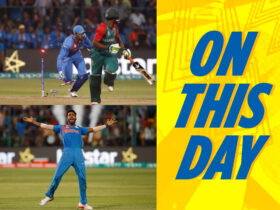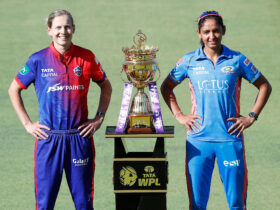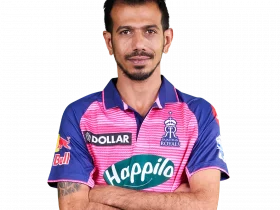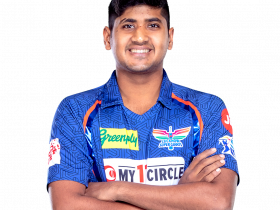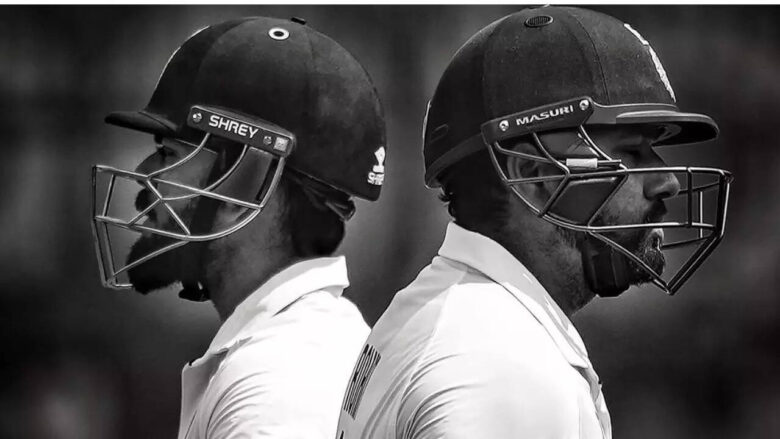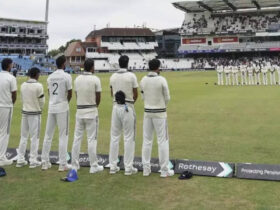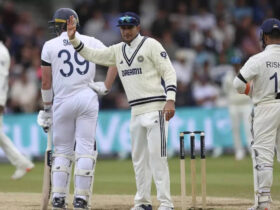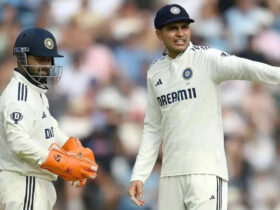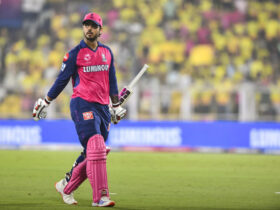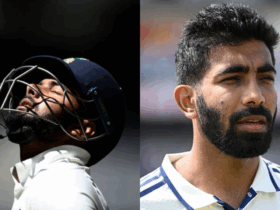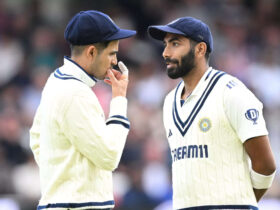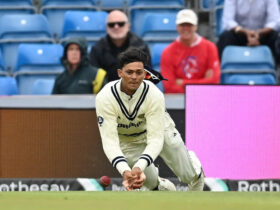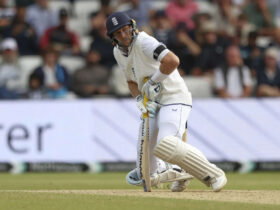Imagine a Test match day for India, and the familiar sights are missing. No Virat Kohli with his fiery intensity, no Rohit Sharma with his languid elegance. For the first time in over three years, and in what feels like an eternity for Indian cricket fans, the Men in Blue will take to the field without their two biggest red-ball stalwarts. This isn’t just a change in the playing XI; it’s the end of an era that defined Indian Test cricket for more than a decade.
In a span of just one week, the pillars of India’s batting fortress have stepped away from the longest format. On May 7, Rohit Sharma, the ‘Hitman’, bid a quiet farewell to Test cricket, leaving behind a legacy of audacious strokeplay and calm leadership. Days later, Virat Kohli, the run-machine and emotional heartbeat of the team, announced his retirement via an emotional Instagram post: “It’s been 14 years since I first wore the baggy blue…” His journey, which began in 2011 against the West Indies, has come to a close, marking the end of a chapter that saw him transform from a brash young talent into one of the game’s greatest-ever batsmen.
For nearly a decade, Kohli and Rohit were the twin engines of India’s Test batting. From the sun-scorched pitches of Adelaide to the hallowed turf of Lord’s, from the spin-friendly tracks of Chepauk to the bouncy decks of Cape Town, they carried India’s hopes on their shoulders. Together, they played 190 Tests, amassed a staggering 13,531 runs, and notched up 44 centuries. Their partnerships weren’t just about runs; they were about resilience, about defying odds, about inspiring a generation. Kohli’s 8,848 Test runs at an average of 49.15 and Rohit’s 4,683 runs at 45.98 tell only half the story. The other half lies in the countless memories—Kohli’s roar after a century, Rohit’s effortless pull shots, and their unwavering belief in taking India to the pinnacle of Test cricket.
So, when was the last time India played a Test without both of these titans? You’d have to rewind to January 2022, during the second Test against South Africa at the Wanderers Stadium in Johannesburg. Kohli, then the Test captain, was sidelined by an upper back spasm, while Rohit missed the entire series due to a hamstring injury. Stand-in captain KL Rahul took charge, but India couldn’t overcome the Proteas, losing that match by seven wickets and eventually the series 2-1. That game also marked the end of Kohli’s captaincy stint, as he stepped down after the series, paving the way for Rohit to take over the reins.
As India prepares for their upcoming tour of England in July 2025, the reality of a Test team without Kohli and Rohit will sink in. The sight of No. 18 and No. 45 in pristine whites will be replaced by new faces—perhaps the dynamic Yashasvi Jaiswal, the technically sound Shubman Gill, or other emerging talents. But the void left by these two isn’t just about numbers. It’s about presence. The dressing room will miss Kohli’s unyielding passion and Rohit’s composed demeanor. The field won’t witness the same fiery celebrations or the signature twirl of the bat. The walk to the crease won’t carry the same aura.
Yet, every end is a new beginning. As Indian cricket turns the page, the next generation has a daunting but exciting task ahead—to build on the legacy of two giants while carving out their own identity. The ICC World Test Championship cycles ahead and bilateral series like the one in England will test their mettle. Can they replicate the grit of a Kohli cover drive under pressure or the finesse of a Rohit pull shot on a seaming track? Only time will tell.
For now, we bid farewell to an era that shaped Indian Test cricket. The stats are etched in history, the memories are locked in our hearts, and the whites of Kohli and Rohit will forever shimmer in the annals of the game. As fans, we brace for a new dawn—one that feels unfamiliar but brims with potential. The bat may not twirl the same, but the game, as always, will go on.


